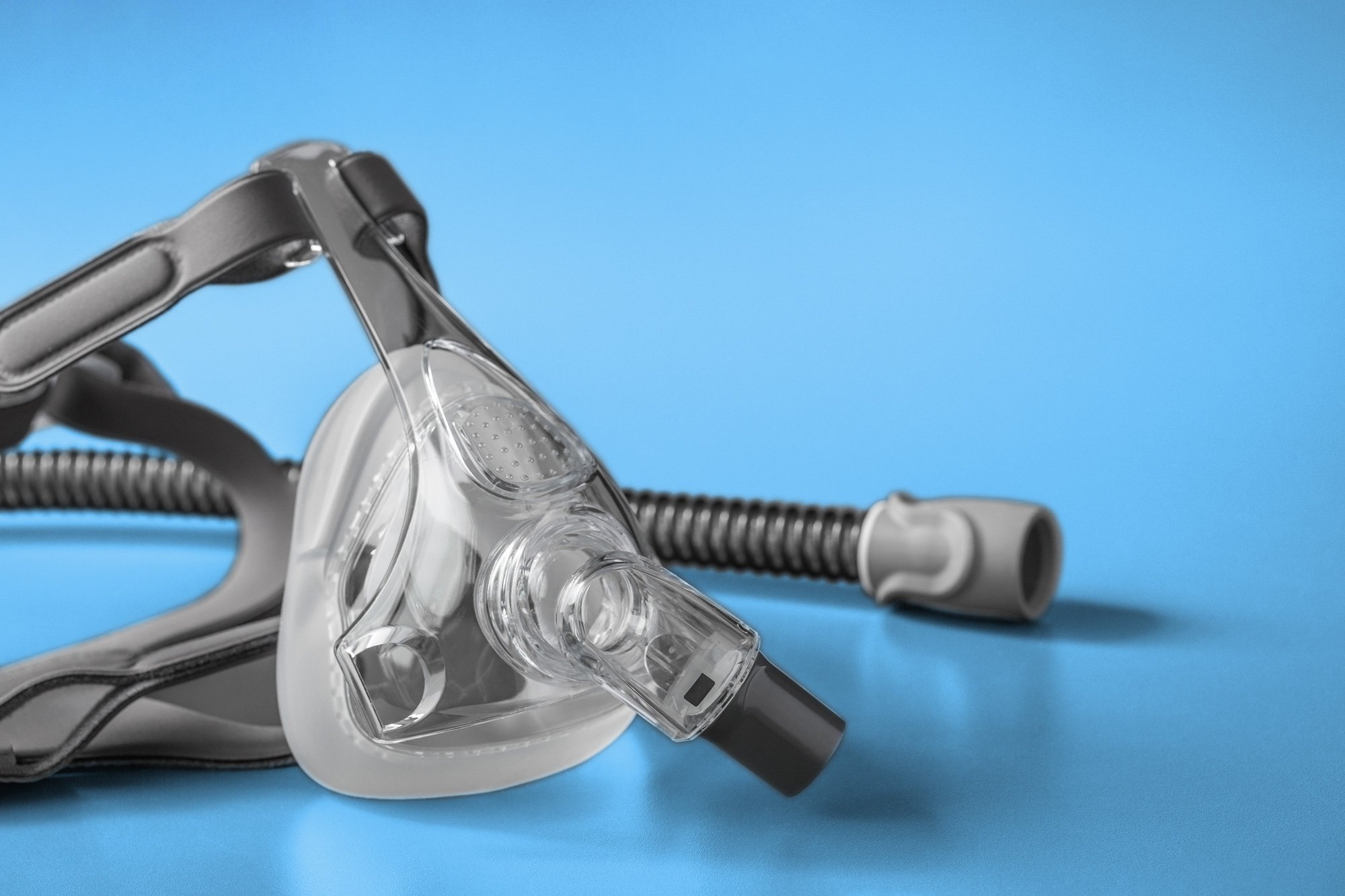How Using CPAP Can Improve Your Health
Obstructive sleep apnea is a chronic sleep disorder affecting an estimated 1 billion people globally, according to a new report published in The Lancet Respiratory Medicine. OSA is characterized by lapses in breathing during sleep and has serious comorbidities, including heart disease, high blood pressure, and diabetes. The good news for the 22 million Americans suffering from OSA is that successful treatment is available. Continuous Positive Airway Pressure therapy, more commonly known as CPAP, is a gateway to not only a better night’s sleep but better overall health.
OSA is defined by its episodes of complete or partial upper airway blockage that occur while sleeping. During a sleep apnea event, the tongue and muscles surrounding the airway relax and collapse, resulting in obstructed airflow to the lungs and momentary cessation of breathing. This repetitive cycle occurs many times throughout the night. As a result, oxygen levels in the blood drop. Our bodies respond by releasing the stress hormone epinephrine, which elevates the heart rate and can lead to high blood pressure. The heart itself is affected because of the pressure changes in the chest. The physiological dangers seem apparent, but those suffering from OSA are often unaware of their condition. What they do notice the next day are morning headaches, daytime fatigue, and lack of mental acuity.
CPAP therapy is one of the most common treatments for sleep apnea and is considered the gold standard. It takes in the room’s air, filters and pressurizes it, and then delivers it through a hose attached to a mask you wear during sleep. The continuous airflow gently keeps your tongue and soft palate from relaxing and blocking your airway. This allows your body to get the oxygen it needs for optimal function and facilitates improved sleep quality.
Learning to sleep with a CPAP device can be an adjustment. While some people get used to the machine in a matter of weeks, others struggle with claustrophobia or deal with continual nasal congestion. The best way to get the most benefits from CPAP therapy is to use the machine consistently. Compliance rates for the first year of usage range from 30-60%. Working with a sleep specialist is important to finding the best type of mask that works with how you sleep and to provide the encouragement needed to continue with the therapy.
While CPAP isn’t a cure for OSA, it can significantly reduce the results of fragmented sleep. CPAP contributes to long-term good health by addressing OSA’s serious comorbidities. According to the National Sleep Foundation, CPAP can lower blood pressure over time and help eliminate dependence on medication for those who suffer from hypertension. According to a recent journal article from the American Thoracic Society, using CPAP can help reduce stress on the heart and can help control irregular heartbeats associated with atrial fibrillation. According to an abstract published in the journal Sleep, researchers found that treating diabetic OSA patients with CPAP improved blood sugar levels, which helps reduce the risk of further diabetes complications like kidney disease and heart failure.
By treating obstructive sleep apnea with CPAP therapy, patients find that not only can they obtain quality sleep again, but they are also mitigating the risk of the severe health issues that often accompany this chronic sleep disorder.
To learn more about how BetterNight can help you provide more effective and efficient care to your at-risk sleep apnea patients, contact us.

